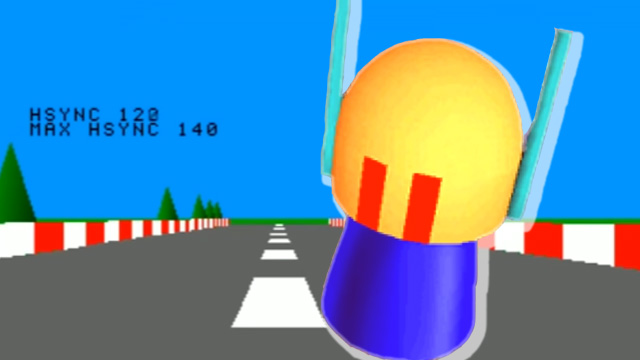Remember Net Yaroze? I’d wager that a considerable portion of you have a simple response: “No.” But I’d also wager that after reading the headline, a not-insignificant number of you would have had some deeply embedded memory unlodged in the back of your brain, throwing you right back to the ’90s when you played one of these strange PlayStation games.
What is Net Yaroze?
…








